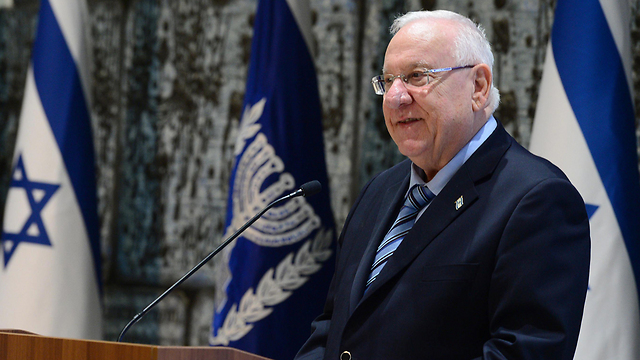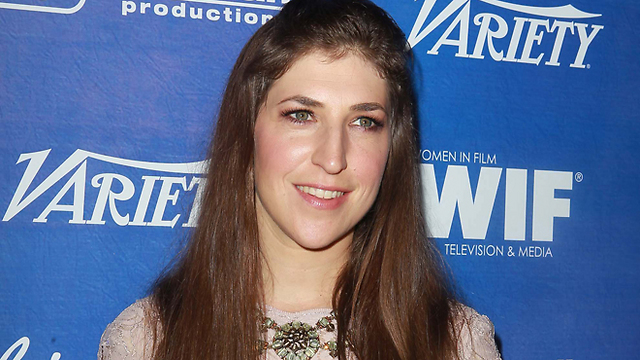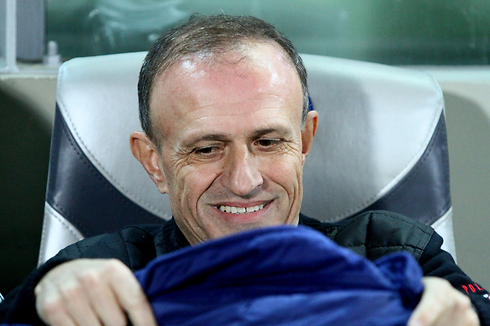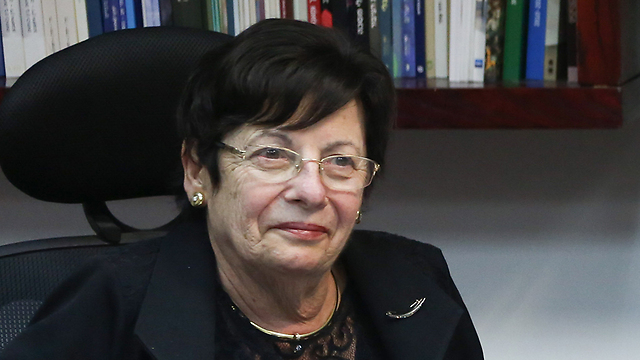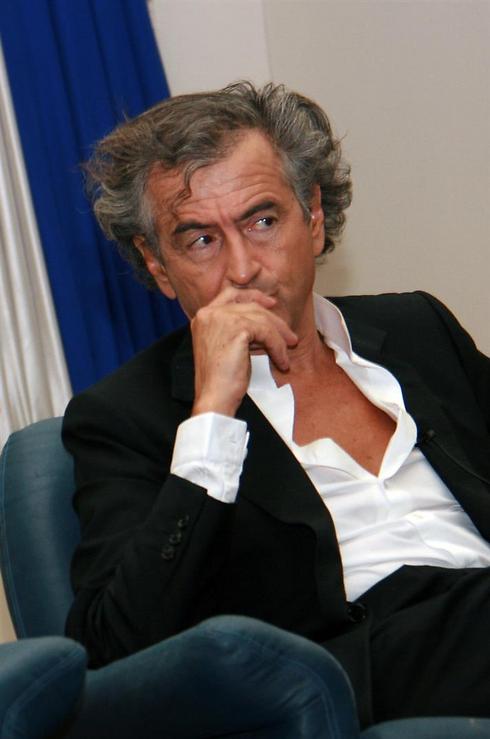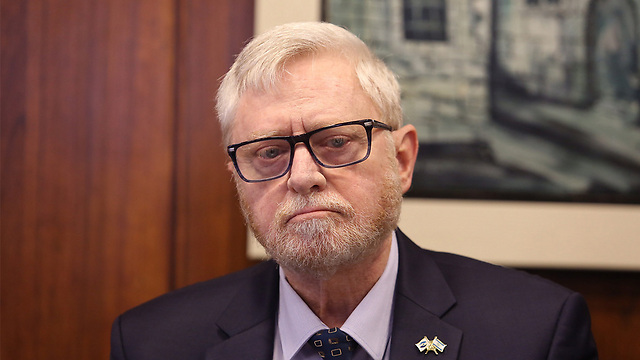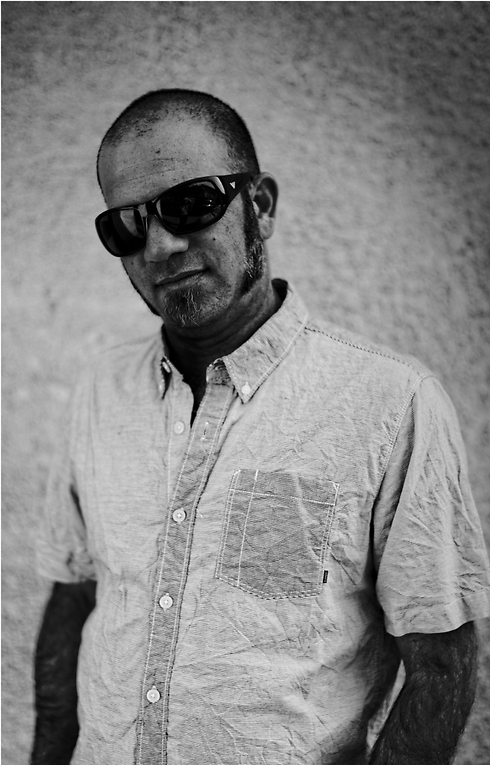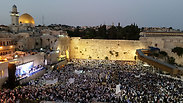
My Jerusalem
In honor of the 50th anniversary of the capital's reunification, President Reuven Rivlin, Chief Justice Miriam Naor, Actress Mayim Bialik, Philosopher and author Bernard-Henri Lévy, State Comptroller Yosef Shapira and others write about Jerusalem from their own perspective.
President Reuven Rivlin: A thousand shades of Jerusalem
I spent my childhood and youth in a Jerusalem of a thousand shades. On my way to school, running to a soccer game with my friends in the afternoon, during family meetings, in the scouts’ activities—my legs would walk, run, slip between delicate and invisible borderlines. Between the secular Rehavia neighborhood and the ultra-Orthodox Sha’arei Hesed; between my father, the expert on Middle Eastern affairs, a translator of the Quran, and his Arab friends, and a Revisionist mother who sometimes cared for the Irgun’s wounded. Between the admiration for my venerable teacher Menachem Begin and the respect for David Ben-Gurion, when we agreed to stop the soccer game we were playing at the field in front of his house if it bothered his afternoon nap.
The borderlines and the meeting between identities played a key role in shaping my personality. I grew up within them and among them naturally, as I received a deep-rooted education that allowed me to take part in the meeting between identities and values from a safe place. A stable education which was not shamed and did not avoid touching on painful matters, when necessary.
From my parents, from my teachers and from my friends, I learned that a society is tested when it battles with one hand for its existence, while pursuing a partnership, tolerance and equality with its other hand. It is tested by its attitude towards its friends, as well as by its conduct vis-à-vis its enemies. It is tested when it knows how to respect those who are different, far and close.
Jerusalem of the big ideas and Jerusalem of the small details were and will always be the same Jerusalem to me. Like a glass prism, I always imagine the world’s light waves refracted on it in their different lengths, creating a magnificent rainbow of colors. That’s the way it is in its beauty and in the complexity of its challenges, and that’s the way it is in its shades.
Actress Mayim Bialik: A 16-year-old’s love
Jerusalem, precious Jerusalem, Jerusalem of gold. My Jerusalem.
My first memories of Jerusalem are from my first visit to Israel when I was 16 years old. That winter, snow actually fell in Jerusalem. Most of the days were cold and rainy. During that first visit, we arrived at the Western Wall on Hanukkah in the rain. It was magical.
I bargained for every penny with the peddlers at the market, searched for tokens in old telephone booths when I really needed them, and collected thousands of gifts, hand-made in Jerusalem, for friends and family in the diaspora, all conveying the message: “Look what Jerusalem has to offer.”
My entire Jewish history takes on a meaning in Jerusalem. It echoes from houses’ walls, from the letters on the street signs and the Old City alleys, which merge into an identity of one “Jewishness.” The falafel at the top of the stairs leading to the Western Wall is the best I have ever eaten. The tourist shops along the arched street are engraved on my memory.
In my Jerusalem, I managed to experience kosher food that represents all ends of the universe. I prayed while swinging, I prayed while running, I warmed myself up in the sunlight, the moonlight and all the stars shining on Jerusalem.
Something touched and moved my soul. I kissed loved ones and fell in love, again and again, with a city which was redeemed so that we could love it again and again.
Former soccer player Uri Malmilian: Playing at the YMCA
I was born in the Mamilla neighborhood in 1957, exactly 60 years ago. We were nine children living in a three-room apartment, near the Old City walls, which were the landscape of my childhood at the time. I remember the period before the Six-Day War—the snipers who fired bullets from the embrasures in the wall, the neighborhood, the Beit Yaakov school.
As children, we created a field for ourselves on the sand, where we would play. When the ball flew across the fence leading to the Jordanian side, which we were not allowed to cross, we would crawl under it and return the ball to the improvised field.
After Jerusalem was united, we walked freely to the Old City. On holidays, we would walk down the stairs, the entire family, from the house to the Western Wall. There was a strong sense of security—we were not afraid of walking at night or alone, we did not feel the need to look back or search for the security guards as we do today.
My second home was the YMCA court. From the morning to the evening, we would play there a soccer-like children’s game called “stanga” and train in futsal. In the afternoon, everyone would come to see the Beitar Jerusalem Football Club. At the age of six, I already knew it was an inseparable part of me.
The city was clearly divided between those who lived in the Musrara neighborhood and were Beitar fans, and the Katamon residents who supported Hapoel Jerusalem. I was an ardent Beitar fan, but I admired Hapoel player Eli Ben Rimoz.
For me, Jerusalem of that era symbolizes the simplicity, the familiality, the “people,” the equality—and the days in which there were no big people or small people. A person’s greatness is always knowing where he came from and where he is going. I may have left the city, but it is always carved in my heart and soul and is above anything else.
Chief Justice Miriam Naor: A wonderful and divided city
My Jerusalem. My beloved city, the one and only, unlike any other in the world. The city I have lived in my whole life.
I was born on Mount Scopus at the end of 1947. I was one of the last children born on the mountain before the city was separated and Mount Scopus remained an enclave.
I am a proud Jerusalemite. I grew up and studied here. This is where I married my husband Aryeh, and this is where our children were born. This is where I worked at the public’s service—in the State Attorney’s Office and in the Magistrates’, District and Supreme courts. Mahane Yehuda Market is an inseparable part of my life.
During the Ben Yehuda Street bombing in February, 1948, a wall fell on the stroller I was lying in as a baby, but when the ruins were exposed it turned out that I had suffered nothing but a few scratches. I don’t remember any of it, but my parents would often talk about how my life was saved in that bombing, which was one of the first terror attacks in the city. Since then, I have felt protected from all evil in the terror-stricken city.
As children, my friends and I used to try and observe the Old City from every possible angle: From the Abu Tor neighborhood, where we saw the golden Dome of the Rock, and from the Mamilla rooftops. The Old City was so close yet so far away. I got to see our dream come true. Jerusalem was united. We returned to the Western Wall, to the Temple Mount, to the alleys of the Old City, to Mount Scopus and to my grandfather’s grave on the Mount of Olives.
As a judge in this city and as president of the Supreme Court, I hope that the city of Jerusalem will soon receive proper judicial halls for the public of litigators. I hope that the State of Israel will find the required budget to build these judicial halls, on the 50th anniversary of the city’s reunification, for the glory of the State of Israel and its capital Jerusalem.
My Jerusalem is wonderful and spectacular.
Today, unfortunately, the city is divided and torn. The separation barrier, which is required for security reasons, is wounding its landscapes. My dream is that we will be blessed with a city where peace and harmony will prevail between its residents. Inshallah, God willing. Lu yehi, let it be.
Philosopher and author Bernard-Henri Lévy: The last place in my life
Joy and anticipation. Serenity and hope. Time stands still, as if hanging in the air. A city-sign. The violence in the calm. A city of conversion—in other words, of reversal. Blind light. A category of the world and of the entity, of the space and of the spirit. History and counter-history. In the daily routine and outside the daily routine. The arena and center of the contemporary war of (almost) all against all—and, simultaneously, a necessary introduction of any future peace.
My friend Benny Levy, shortly before he died, said to me (and I quote from my memory): “The Jerusalem stone is the only thing that calms me down.” It was the same for me, from the very first moment. I can’t visit Israel without staying, even for a few hours, in the only city in the country which, according to Yeshayahu Leibowitz, is non-negotiable from an ontological perspective.
In 1984, the hero of the first novel I wrote, which was called Le Diable en tête (The Devil in the Mind), ended his days in Jerusalem. His name was Benjamin and he was sort of a future plan. I am not there yet, for course, but it’s a thought that has crossed my mind and I know that, one way or another, it will shape into an idea. To be more accurate, I believe that Jerusalem will one day be the last place in the long and beautiful adventure of my life.
State Comptroller Yosef Shapira: The education of the past
Since the State of Israel’s establishment, the issue of education in its different forms has had an important place in Jerusalem’s existence. I studied at a secular elementary school, Beit Hinuch Katzenelson, in the Romema neighborhood. At the time, I lived at the end of Rashi Street on the corner of Rabbeinu Tam Street (Rashi’s grandson) in the Yegia Kapayim neighborhood. Some of its residents were religious and studied in schools in the area which reflected the different branches of Judaism.There were many synagogues in the neighborhood as well. The closest one to my home was Sephardic synagogue Yegia Kapayim. The manager, Rabbi David Sapia, taught us to sing Psalms twice a week. After we learned them by heart, we would go with the rabbi to mourners’ homes to offer our condolences through these liturgies.
As children, we spent time with the families of friends from the neighborhood, who immigrated to Israel from different countries and ethnic groups, each with their own customs and food. Sometimes, when I came home late and didn’t ask to eat anything, my mother understood that I had eaten at the neighbors’ house. I found the Sephardic food tasty.
The Nimrodi family, whose son Yaakov served in the Intelligence Corps, lived in my childhood building. When he came home on army leave, he would tell the neighborhood’s children fascinating stories.
We were educated on values at the time, both in content and in action. And so, in addition theoretical studies with Naomi Anavi and Aliza Guri, the educators who no one can ever forget, we had an “agriculture day” once a week, in which we grew vegetables in the garden adjacent to the school. And there were of course sports: From basketball in the Gvurot Hall, through marksmanship, to games with marbles and apricot stones (“ajuim,” as we called them in Jerusalem at the time).
The spirit of the era may have been different, but the basic values did not change. And so despite our different descents and mother tongues, we lived together in harmony (like the name of the synagogue we all prayed in), as one big family. At the end of the day, education is acquired in the formal system—but not just there.
Musician Shaa'nan Streett: Construction or destruction
It’s the 50th anniversary of the current phase of Jerusalem. Fifty years since June 1967. That’s a long time in human life, but it’s absolutely nothing in a city’s life.
I have loved Jerusalem all my life. I love it in spite of everything, I love it because of everything and I love it thanks to everything. I love it and I understand very well that it has yet to internalize and embrace its biggest relative advantage. Whether it likes it or not, Jerusalem serves as a test case. On its regular days, the test appears to be succeeding. “Yes,” the cypresses node, “of course”—of course it is succeeding, of course it has a future. Yes, there are different sectors and contradicting opinions and vibrant emotions here—on, above and beyond every square meter—but it’s still working. It’s still succeeding.
And on its burning days—the exact opposite. On its burning days, the hope disappears not only from Jerusalem but from the entire Israeli domain—and some will say much further.
As we celebrate, I hope I live to see the day when Jerusalem understands that it cannot survive without each of the sectors manning it. that it’s no coincidence that we are all in it and that it is so important to us. That the choice is in our hands—we can all take part in its construction, or we will all carry the shame of its destruction.










